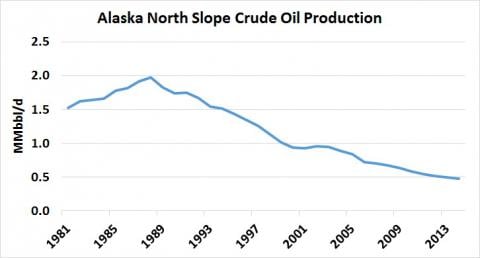I think
Enbridge's most recent decision is ill-advised, but I really appreciate that Enbridge sees itself as
an energy company and not simply a pipeline company.
I
first posted the wide-ranging interests of Enbridge back on July 23, 2010. Enbridge was one of the first, and one of the very few, companies I have followed in such depth. The company truly impresses me, as does Apple, Berkshire Hathaway, Amazon, and possibly Facebook. They are much more than they seem. But I digress. Back to Enbridge.
This is what caught my attention about Enbridge today: the company "
buys UK offshore wind with eye on North American seas."
Enbridge Inc.’s investment in a U.K. offshore wind farm may help
Canada’s largest pipeline operator bring giant turbines to North
American waters.
Enbridge is paying C$750 million ($570 million)
for a 25 percent stake in EON SE’s 400-megawatt Rampion Offshore Wind
project off the coast of Sussex, England.
When completed in 2018, the project will
generate returns in the “low double digits,” comparable to Enbridge’s
pipeline investments in North America, Chief Executive Officer Al Monaco
said.
Learning about the offshore wind industry in Europe may help Enbridge
jump-start the barely existing one in the U.S. and Canada, he said.
So, how much does off-shore wind cost? For $570 million, Enbridge bought
one-fourth of a 400-MW project, or $570 million / 100 MW = get out the calculator or simply move the decimal point two places to the left =
$5.7 million / MW or almost $6 million / MW.
This is incredible. It's absolutely in line with everyone who estimates off-shore wind costs. The
most recent example is at this post:
From an August 25, 2014, post, this is 30-second sound bite for "cost of renewable megawatt":
- Solar: $3 million / MW
- Wind: $2.5 million / MW
- Natural gas: $865,000 / MW
The "wind" in the August 25, 2014, post referred to "on-shore wind."
There are several story lines in this announcement:
- Enbridge continues to see itself as an energy company, not a pipeline company
- Enbridge is hedging its bets
- these guys are much, much smarter than I am; this suggests they know something about off-shore wind I do not understand or see
- these guys have huge access to government leaders; this suggests they know what US and Canadian governments are talking about for the long term when it comes to energy
- the costs for intermittent energy as posted on the blog remain about right
- off-shore wind is about 2.7 x more expensive than on-shore wind
*********************************
Staggering
The amount of money countries are willing to spend on intermittent energy is staggering. One gets the feeling that many buyers think that once they've paid for the turbines, there are no other costs. In fact, the turbines have a finite lifetime (20 years) and have operating costs just like any other utility. The wind is free but when the turbine are not blowing, they need back-up conventionally-source (coal, natural gas, oil) electricity.
I'm looking at the story out of the Philippines. This is the country's largest wind farm and it's all of 150 MW and it will cost $320 million or slightly more than $2 million / MW. And this is in the Philippines where a dollar will get you more than what it gets you in the US.
The Philippines will get
up to $20 billion from the Asian Development Bank, but the rest from their own coffers. Learn more about this
wind farm at wiki.

